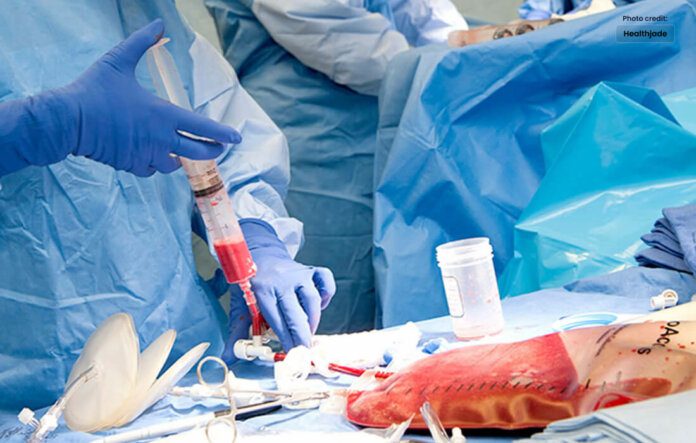Bone marrow transplant: Replacing diseased marrow with healthy cells.
Introduction
Medical advancements have revolutionized the field of organ transplantation, offering new lease on life for countless patients around the world. Among these groundbreaking procedures, bone marrow transplant (BMT) stands out as a life-saving treatment for various conditions. Basically With its ability to replace damaged or diseased bone marrow, BMT has transformed the outlook for individuals battling serious blood disorders, cancers, and immune system disorders. In this blog, we delve into the world of bone marrow transplants, exploring the procedure, its applications, and its transformative impact on patients’ lives.
Understanding Bone Marrow Transplants
Bone marrow is a soft, spongy tissue found within the hollow centers of our bones. Also it plays a crucial role in producing various components of the blood, including red blood cells, white blood cells, and platelets. Unfortunately, certain diseases or treatments like chemotherapy can damage the bone marrow, leading to life-threatening conditions.
These stem cells can be collect from the donor’s bone marrow or peripheral blood, or through umbilical cord blood obtain from a newborn baby. Once transplanted, the healthy stem cells migrate to the recipient’s bone marrow and begin producing healthy blood cells, thereby rejuvenating the patient’s immune system.
Types of Bone Marrow Transplants
-
Autologous Transplants:
In this type of transplant, the patient’s own bone marrow or stem cells are harvested before undergoing chemotherapy or radiation treatment. Furthermore the collected cells are then frozen and store until the patient is ready for transplantation. Once the treatment is complete, the stored stem cells are returned to the patient’s body to help rebuild the damaged bone marrow.
-
Allogeneic Transplants:
Allogeneic transplants involve using bone marrow or stem cells from a compatible donor, who may be a family member, an unrelated person, or even an umbilical cord blood donor. Besides Finding a suitable match is crucial to minimize the risk of complications and graft-versus-host disease (GVHD), where the donor cells attack the recipient’s healthy tissues.
-
Syngeneic Transplants:
This type of transplant involves using bone marrow or stem cells from an identical twin. As identical twins share the same genetic makeup, the recipient’s body does not reject the transplanted cells, eliminating the risk of GVHD.
Applications and Successes of Bone Marrow Transplants
Bone marrow transplants have proved to be life-saving for individuals battling various diseases and disorders. Some notable applications include:
-
Treatment of Leukemia:
Bone marrow transplants have been highly successful in treating various types of leukemia, including acute lymphoblastic leukemia (ALL) and acute myeloid leukemia (AML). Also they offer a chance for remission or cure by replacing the cancerous cells with healthy ones.
-
Management of Aplastic Anemia:
Aplastic anemia is a rare condition where the bone marrow fails to produce enough blood cells. what’s more a bone marrow transplant can replenish the bone marrow and restore normal blood cell production.
-
Treatment of Genetic Disorders:
Bone marrow transplants can be a life-altering treatment for individuals with genetic disorders like sickle cell anemia, thalassemia, and severe combined immunodeficiency (SCID). By replacing the faulty stem cells with healthy ones, the transplant can alleviate symptoms and improve overall health.
-
Advancements in Cord Blood Transplants:
Umbilical cord blood, once considered medical waste, has now become a valuable source of stem cells for transplants. It is particularly beneficial for patients who cannot find a suitable bone marrow donor. Cord blood banks have established to collect and store cord blood for.
Find out more about https://rockedgeurdu.com/




